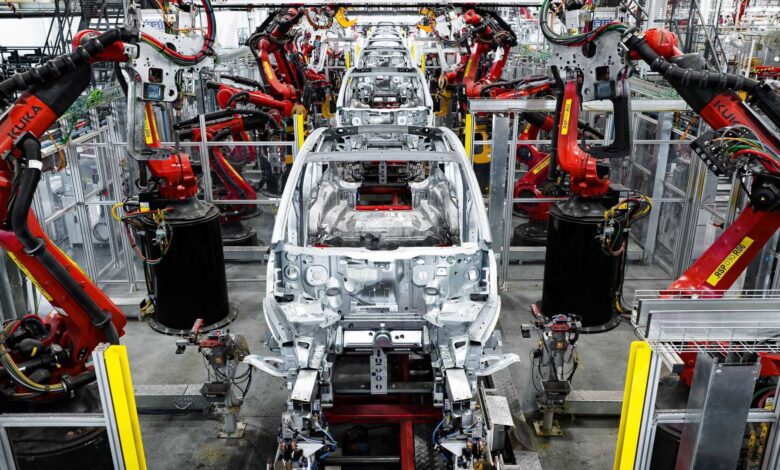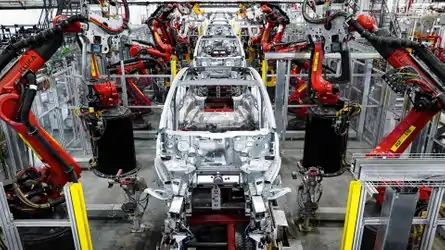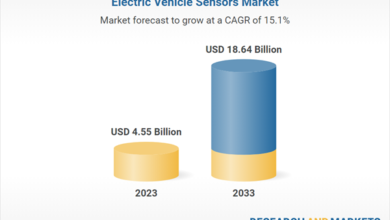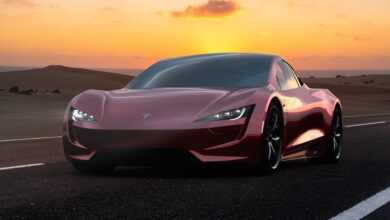A Tesla Can Be Built Like A Lego Set. A Legacy Car, Not So Much: Teardown Experts

A Tesla Model Y has just five components that make up the front trunk. But that’s just part of the story.

May 23, 2024 at 2:00pm ET
Love it or hate it, Tesla is the biggest name in the electric vehicle game. Cars like the Model 3 and Model Y have garnered so much attention over the years that they eventually became some of the best-selling cars in the world.
But their success isn’t just down to the clever (and sometimes misleading) marketing tactics employed by Tesla and its CEO, Elon Musk. A huge team of hard-working engineers and designers poured their hearts and souls into making Tesla’s EVs better and as inexpensive as possible. That made so-called legacy automakers, which might consider their way of doing things to be the best way, scramble to discover the secrets behind Tesla’s packaging.
Tesla’s manufacturing prowess
You can’t tell just by looking at it, but the rather humble Tesla Model Y crossover is an extremely well-packaged product that had competing automakers scrambling for answers on how to make their own cars easier to build and cheaper.
To make that happen, a handful of vehicle teardown companies are more than willing to buy a brand-new vehicle and then get on with removing every single nut and bolt to discover the engineering behind the finished product.
One of those companies is Caresoft Global. Its president of automotive is Terry Woychowski, a former manufacturing executive at General Motors who has been featured before on InsideEVs talking about the Tesla Cybertruck.
This time, however, it’s all about the Model Y. Woychowski spoke with Automotive News and explained just how much better packaged the electric crossover is compared to pretty much anything else on the market today.
For instance, the frunk of the Model Y is made out of just five components that snap together like Lego bricks. Another frunk engineered by an undisclosed legacy automaker has 27 parts. The whole front fascia of the Model Y has just seven parts and uses only 32 fasteners and a single wire connection. By contrast, an unnamed competing car’s front fascia comprises 28 parts, uses 61 fasteners and needs two wire connections.
Tesla Model Y shells at the Tesla’s Berlin Gigafactory
Tesla didn’t get here overnight, though. Caresoft discovered that in the past four years, the company’s top-selling car lost 370 parts through manufacturing efficiencies, which led to a 10% lower weight and a 14% increase in driving range.
The 2020 Model Y used a two-piece casting in the rear, but that changed just a year later when Tesla made it a single-piece. In 2022, when the Texas Gigafactory began assembling the battery-powered crossover, the car had switched to a single megacasting in the front and rear and had no floor in the center. Instead, the battery pack became a structural part of the chassis and acted as the floor.
Gallery: 2021 Tesla Model Y
27 Photos
“The engineering of those parts is gone,” Woychowski said of the cost savings. “The tooling of those parts is gone. The dunnage required to carry those parts is gone. The shipping is gone. The receiving is gone. The inventory is gone. These types of things drive down costs and enable Tesla to manufacture the car more cost-effectively.”
Besides making the cars simpler to manufacture, Tesla’s methods also allow for smaller factories and fewer workers, lowering costs even further, Woychowski added. This means that traditional automakers, especially those who are stuck in their own ways, are having a hard time competing with Tesla and are more than happy to pay companies like Caresoft to provide a solution.
The problem is, will that solution be put into practice?
Read more



